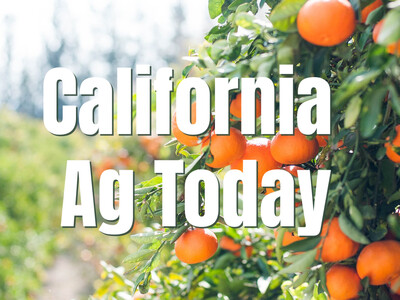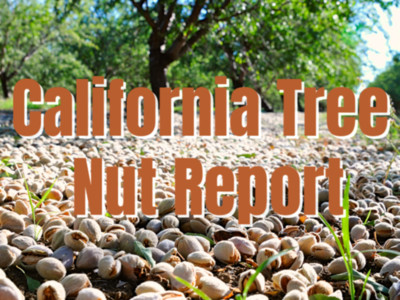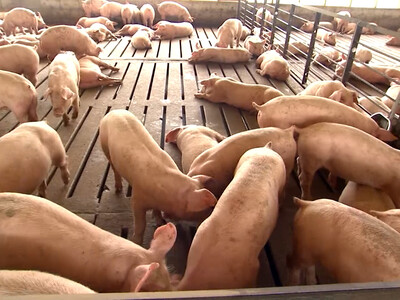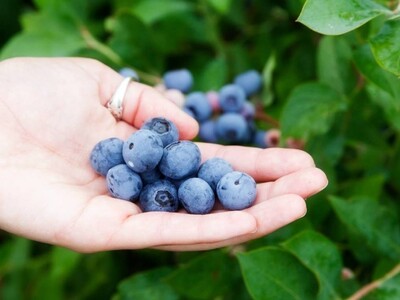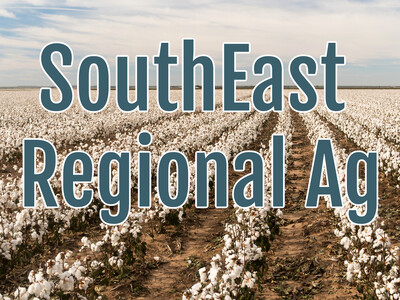Idaho maple syrup
On a steep hillside beneath a canopy of scarlet leaves, University of Idaho Extension educator Bracken Henderson, Franklin County, searched for the perfect copse of bigtooth maple trees.About 25 yards uphill, his collaborators – Paul Harris, a research technician with Utah State University’s Center for Water-Efficient Landscaping, and USU plant sciences graduate student Jesse Mathews – evaluated trunk circumferences within another grove.
The researchers are in the first year of a project aiming to introduce a new niche agricultural industry to the Intermountain West – locally sourced maple and boxelder syrup.
USU received a three-year, $500,000 grant through the Acer Access and Development Program under USDA’s Agricultural Marketing Service to test the feasibility of commercial syrup production in parts of Idaho, Utah and Wyoming.
From these funds, U of I received a $50,000 sub-award to assist in the effort, focusing on the foothills near Oxford, an isolated farming community of 48 people in southeast Idaho.
On that crisp, early October morning, the trio selected 30 of the largest maples they could find on a sufficient grade and within proximity to one another.
They set up a network of rubber piping connecting the trees to a central vessel at the base of the hill. In the spring, the researchers will tap the trees to collect sap, which Henderson will boil and reduce to make syrup.
They hope to demonstrate to landowners that the profits they stand to make by selling syrup are worth their time and effort.
“Whatever we come up with is better than anyone has done in the state of Idaho,” Henderson assured Harris as they discussed the optimal configuration for their network of tubing.
“Or in the West at all,” Harris added.
Henderson is working with two Oxford agricultural producers who are seeking a new way to diversify their operations and pad profits.
Landowner Clark Cox has both dairy and beef cows that graze his maple forest, and he also raises hay and grain. He’s optimistic maple syrup production will provide him a small revenue stream from a perennial resource.
“I hope to utilize the maples in another way rather than just for firewood,” Cox said. “We’ll leave them standing for beautification but also utilize what they produce.”
Henderson believes landowners could save time and cut costs by pooling their sap, boiling it together and marketing it under a common label. He’s also curious about reverse osmosis as a means of removing much of the water from sap to reduce boil time.
Henderson experimented last season by tapping several trees, collecting the sap in buckets. His finished bigtooth maple syrup had a similar sugar content as syrup made from sugar maples in the East, and he was impressed by the flavor.
Using buckets, he collected about 30 liters of sap per tree throughout the single season – roughly half the yield of operations in major production states such as Vermont.
He had to boil 40 to 50 liters of sap to make a single liter of finished product.
The U.S. Forest Service estimates Idaho has at least 2.1 million bigtooth maple trees of sufficient size to be tapped, with the best stands spanning throughout eastern Idaho.
“There’s not a lot of research out there about maple syrup in the West,” Henderson said. “Most of these trees they wouldn’t tap in the East. They want 8-inch trunks and larger, but we don’t have those here.”
USU yielded a similar volume using buckets last season. The researchers, however, are optimistic they’ll fare better this season with hoses.
It takes about 30 trees growing close together on a slope with a 30-foot elevation difference from the top tree in the group to the vessel at the bottom to maximize tubing capacity.
Rather than relying solely on gravity to extract sap, as is the case with buckets, the tubing system creates a vacuum to suck out additional sap, which should boost sap yields.
“I’d love to see a Utah or Idaho maple syrup company, but we’ll see,” Mathews said. “So far, it’s taken a lot of time and effort for what we’ve gotten out of this, but this is our first year trying a tubing system, so that may be the way to do it.”
In addition to the Oxford properties, University of Wyoming will collaborate with test locations in the Cowboy State, and USU is evaluating three sites in Utah’s Cache Valley.
At one of those locations in Spanish Fork, Utah, discussions are underway about starting a community maple syrup festival.
The principal investigators of the project, Youping Sun and Kelly Kopp, both with USU’s Department of Plants, Soils and Climate, envision western syrup enjoying strong demand at farmers markets and other locations specializing in locally produced food products.
“I think there’s really great potential,” Sun said.






